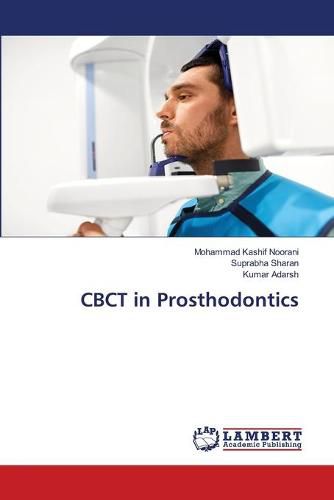Readings Newsletter
Become a Readings Member to make your shopping experience even easier.
Sign in or sign up for free!
You’re not far away from qualifying for FREE standard shipping within Australia
You’ve qualified for FREE standard shipping within Australia
The cart is loading…






This title is printed to order. This book may have been self-published. If so, we cannot guarantee the quality of the content. In the main most books will have gone through the editing process however some may not. We therefore suggest that you be aware of this before ordering this book. If in doubt check either the author or publisher’s details as we are unable to accept any returns unless they are faulty. Please contact us if you have any questions.
Although nothing can replace history and physical examination when evaluating patients, the use and evolution of non-invasive technology for imaging areas not visible to the human eye has become a bigger part of the diagnostic process 1. Dental imaging has advanced rapidly over the last years. Static projectional images were relied upon for diagnosis in the maxillofacial region, but we are moving toward digital, three-dimensional (3D) and interactive imaging applications. Much of this movement is attributed to a recently introduced CT technology known as “cone-beam computed tomography” or “digital volume tomography.” This technology has offered dentists a view of all angles of areas of concern. This technology has been embraced quickly by the dental profession. It is considered as “what was missing” by many in the field.
$9.00 standard shipping within Australia
FREE standard shipping within Australia for orders over $100.00
Express & International shipping calculated at checkout
This title is printed to order. This book may have been self-published. If so, we cannot guarantee the quality of the content. In the main most books will have gone through the editing process however some may not. We therefore suggest that you be aware of this before ordering this book. If in doubt check either the author or publisher’s details as we are unable to accept any returns unless they are faulty. Please contact us if you have any questions.
Although nothing can replace history and physical examination when evaluating patients, the use and evolution of non-invasive technology for imaging areas not visible to the human eye has become a bigger part of the diagnostic process 1. Dental imaging has advanced rapidly over the last years. Static projectional images were relied upon for diagnosis in the maxillofacial region, but we are moving toward digital, three-dimensional (3D) and interactive imaging applications. Much of this movement is attributed to a recently introduced CT technology known as “cone-beam computed tomography” or “digital volume tomography.” This technology has offered dentists a view of all angles of areas of concern. This technology has been embraced quickly by the dental profession. It is considered as “what was missing” by many in the field.